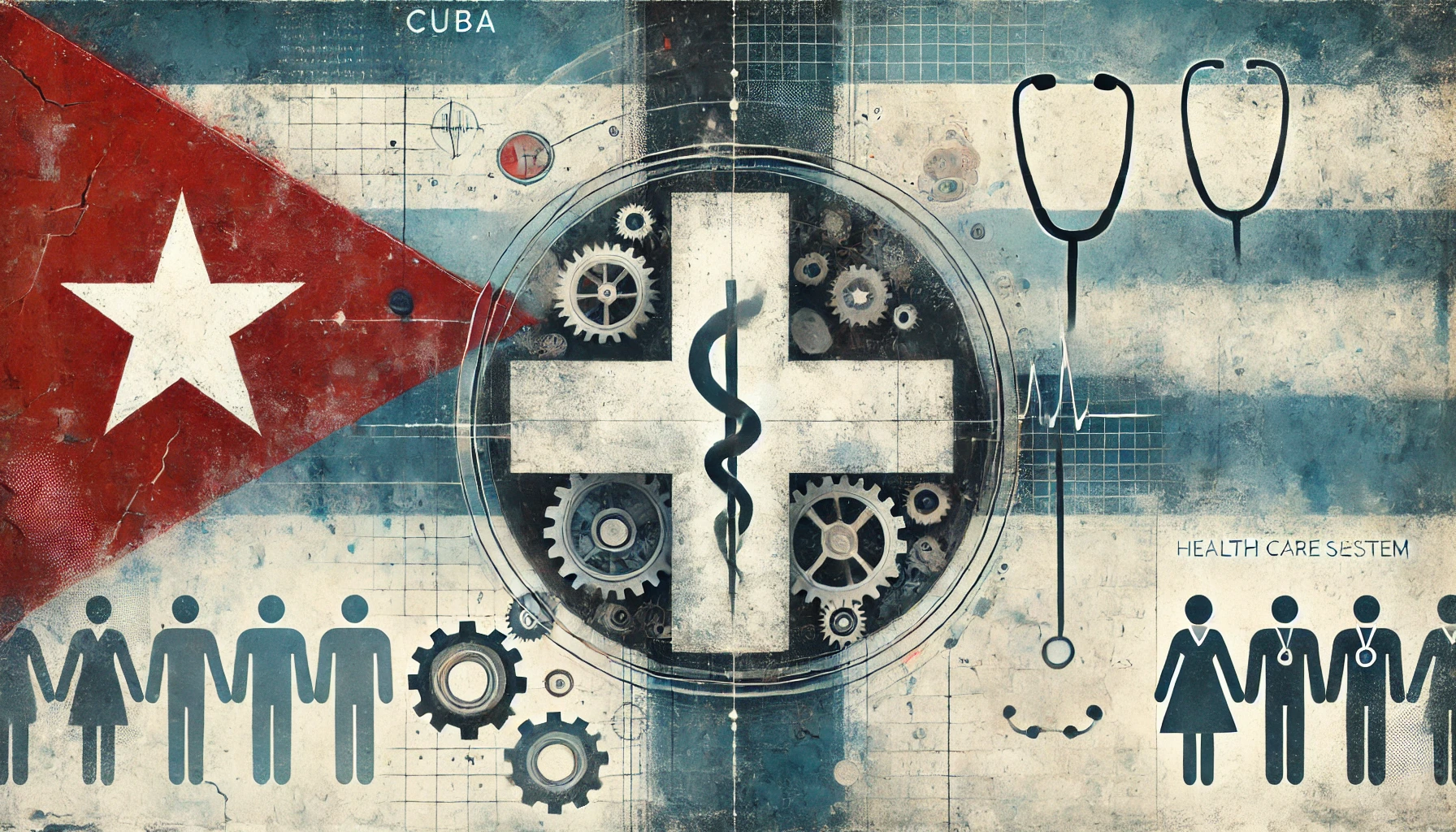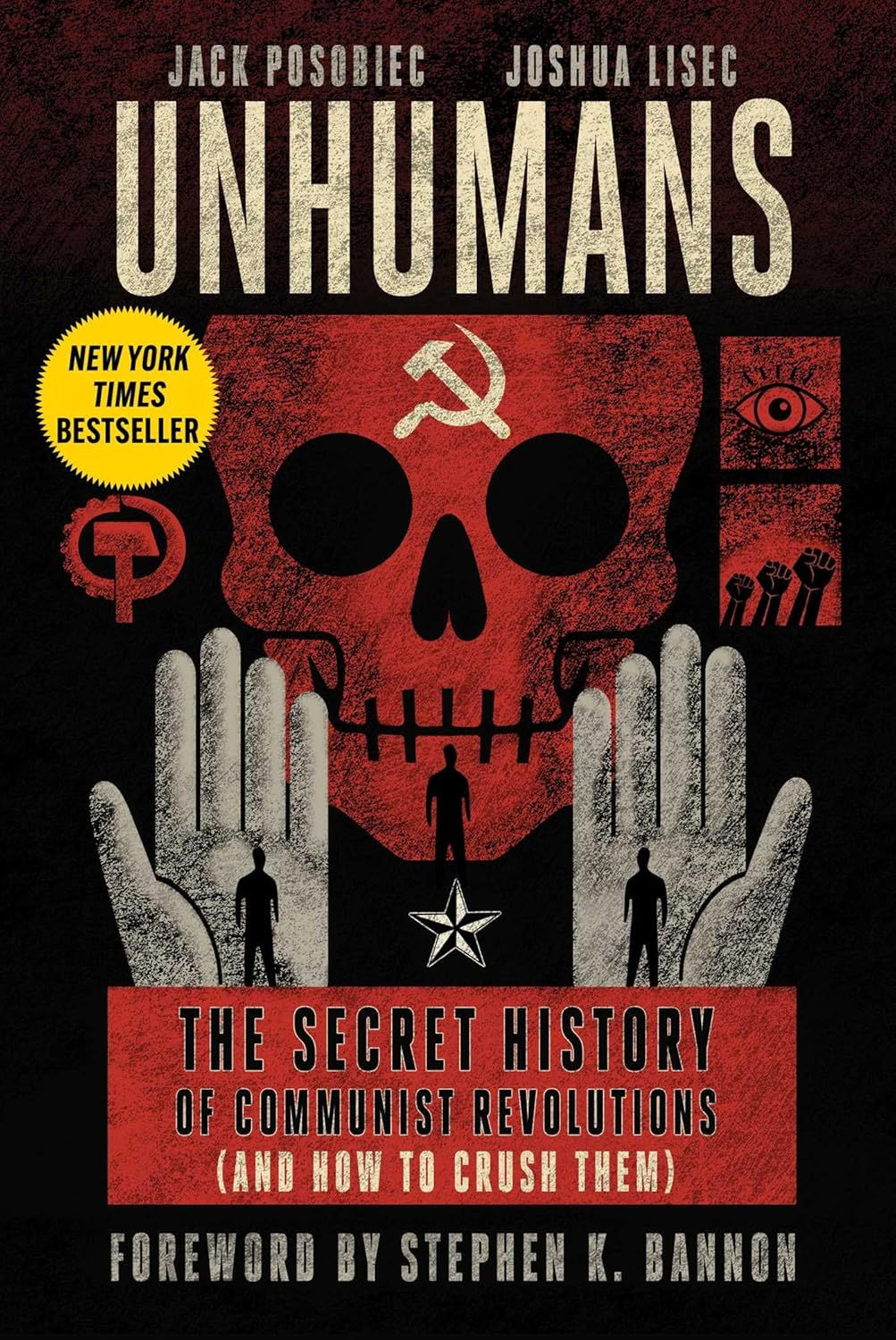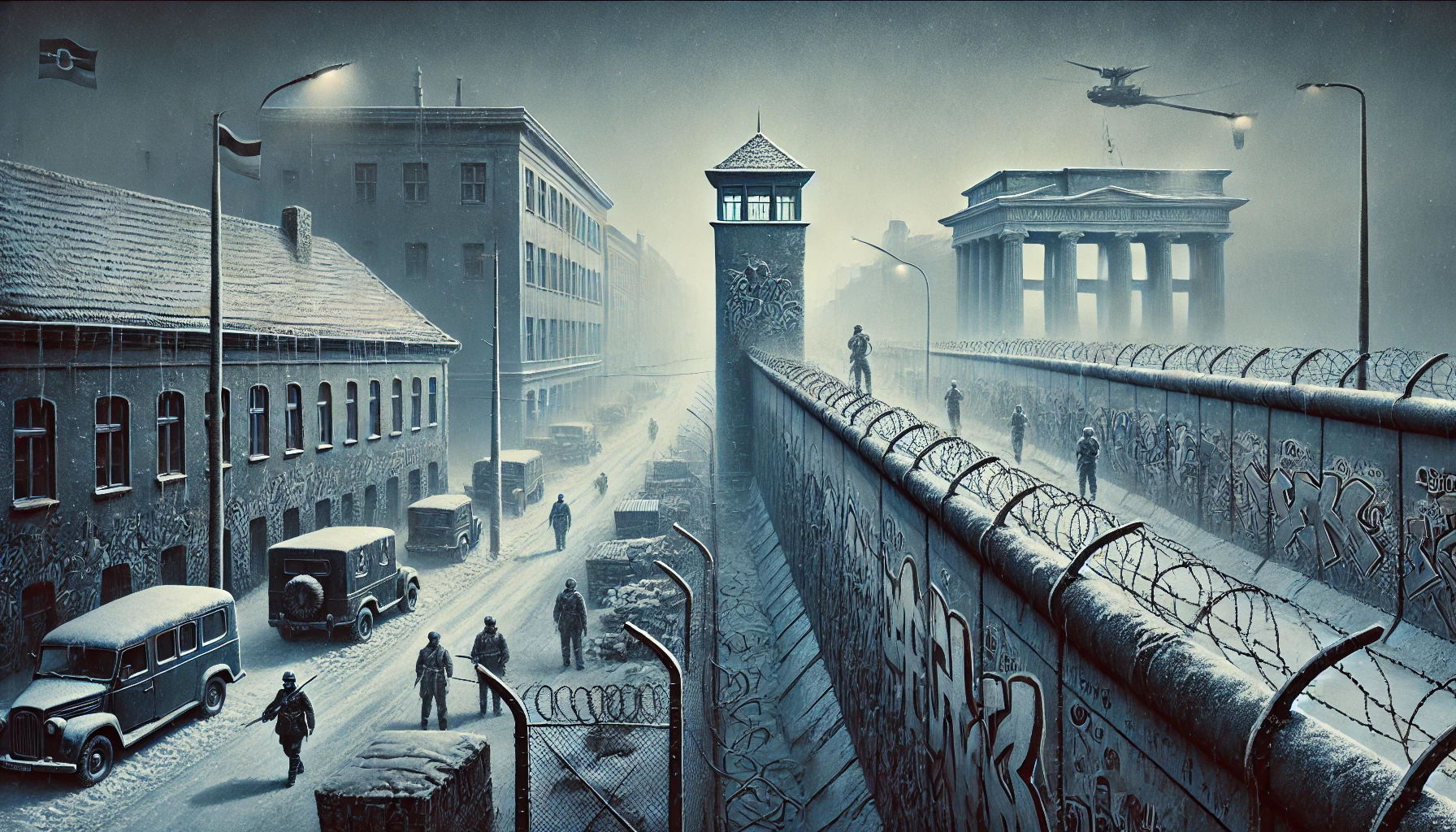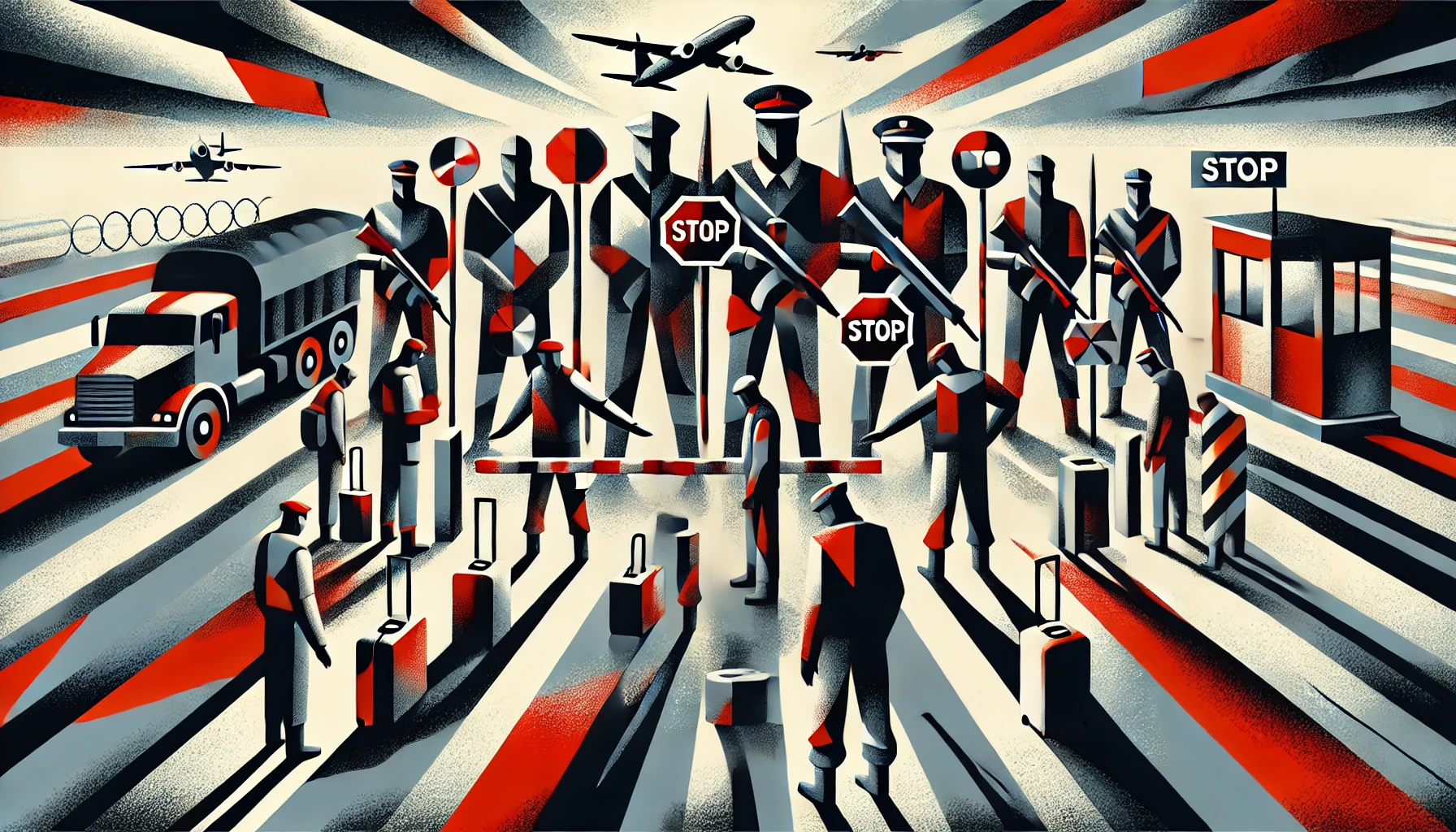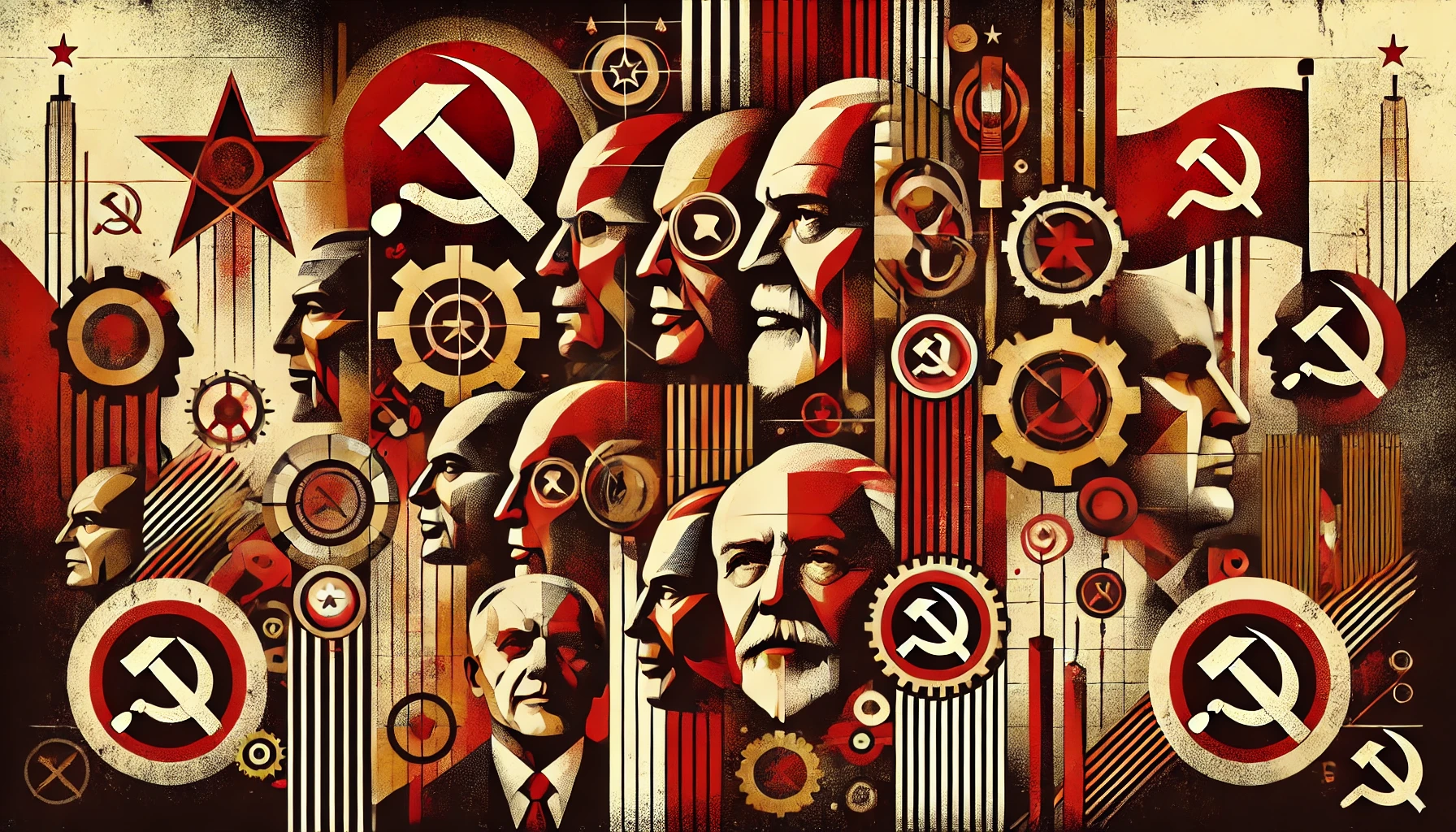Howard Zinn, author of “A People’s History of the United States,” provides a striking example of communist apologism in American academia through his attempts to minimize the horrors of communist regimes while romanticizing their ideological underpinnings. This analysis examines his rhetorical techniques and historical revisionism through a critical lens.
Key Elements of Zinn’s Apologism
1. Minimizing Communist Atrocities
Zinn employs a common apologetic technique of downplaying Soviet violence: “The Russian Revolution was a revolution in which about 100 people got killed.” This claim deliberately ignores millions of deaths under communist rule through purges, forced collectivization, and manufactured famines.
2. False Equivalence
He repeatedly draws false equivalences between democratic systems and totalitarian communist regimes:
- Comparing American police response to protests with Czarist Russia’s brutality
- Equating democratic elections with totalitarian systems
- Suggesting American Revolution casualties were worse than communist revolutions
3. Romanticizing Communist Ideology
Zinn presents an idealized version of communism while dismissing its practical implementations:
- Focuses on theoretical “dreams” while minimizing actual historical outcomes
- Presents communists as principled idealists fighting fascism
- Ignores the inherent connection between communist ideology and the totalitarian states it produced
4. Deflection Techniques
When confronted with communist atrocities, Zinn employs several deflection strategies:
- “That wasn’t real communism”
- Shifting focus to criticisms of capitalism
- Dismissing anti-communist concerns as mere propaganda
- Characterizing anti-communism as a tool of oppression
Historical Inaccuracies
Several of Zinn’s claims require correction:
Soviet Revolution Casualties
- The Russian Civil War (1917-1922): ~7-12 million deaths
- The Red Terror: Hundreds of thousands executed
- Dekulakization: ~1.8 million deaths
- The Great Purge: ~1.2 million deaths
- The Holodomor: ~3.9 million deaths in Ukraine alone
Misrepresentation of Communist Activities
- Violent revolutionary activities worldwide
- Support for terrorist organizations
- Armed insurrections in various countries
- Violent suppression of workers’ rights in communist states
Modern Impact
Zinn’s brand of communist apologism continues to influence American academia and public discourse through:
- Widespread use of his books in educational settings
- Normalization of communist apologism in academic circles
- Downplaying of communist atrocities in historical education
- Romanticizing failed communist systems
The Broader Pattern
Zinn’s arguments follow a common pattern in communist apologism:
- Present communism as a noble ideal separate from its implementation
- Minimize or ignore communist atrocities
- Create false equivalences with democratic systems
- Characterize anti-communism as oppressive rather than protective
- Focus on theoretical benefits while ignoring practical outcomes
Conclusion
Howard Zinn’s interview demonstrates how communist apologism operates in academic contexts, using sophisticated rhetoric to minimize historical atrocities while promoting a romanticized version of communist ideology. His influence continues to shape how some Americans view communism, making it crucial to critically examine such apologetic narratives and maintain historical accuracy about communism’s actual impact on human rights and freedom.
Further Reading
Howard Zinn, A People’s history of the United States:




